 Incorporating the values of the liturgy into architecture
I was delighted to hear again recently from Geoff Yovanovic. I first met Geoff about 4 summers ago when he attended the Way of Beauty summer school. He wanted to learn about classical proportion and design methods and we had an enjoyable time swapping ideas. We have stayed in touch ever since. He went on to study at Notre Dame School of Architecture for his graduate studies and has now graduated from there. I was delighted to learn that he had just won an prestigious award for one of his designs for a plot next to the river at South Bend Indiana. He wrote the following article in which he describes how he tried to make the liturgy the source of inspiration for his design, which I happily reproduce along with pictures of his design, and the award itself.! You can see them all at the link to his website above.
Incorporating the values of the liturgy into architecture
I was delighted to hear again recently from Geoff Yovanovic. I first met Geoff about 4 summers ago when he attended the Way of Beauty summer school. He wanted to learn about classical proportion and design methods and we had an enjoyable time swapping ideas. We have stayed in touch ever since. He went on to study at Notre Dame School of Architecture for his graduate studies and has now graduated from there. I was delighted to learn that he had just won an prestigious award for one of his designs for a plot next to the river at South Bend Indiana. He wrote the following article in which he describes how he tried to make the liturgy the source of inspiration for his design, which I happily reproduce along with pictures of his design, and the award itself.! You can see them all at the link to his website above.
Before we have Geoff's article, here is a view of the site by the river that he was tasked to fill.

Geoff writes:
In the spring of 2012, David Clayton wrote an entry on his The Way of Beauty blog which introduced me to Fr. Jean Corbon’s modern classic The Wellspring of Worship. This mystical account of the Sacred Liturgy explores beyond the rubrics, and reveals to the reader the Liturgy as the outpouring Love of Father, Son, and Holy Spirit for the Church. This “Cosmic Liturgy”, is the essence of life and worship. Mr. Clayton first provided me with a fuller understanding of the Liturgy in 2011 when I attended his two week Way of Beauty Atelier at Thomas More College. During the seminars, we explored how Liturgy was the source of inspiration for art, especially in the secular world, and how art aided us in our participation of the Liturgy. As a recent graduate from architecture school, this new found truth reinvigorated my passion for design. The Wellspring of Worship delved even deeper and unveiled even more truths about the Liturgy, and in the end provided the inspiration for an award winning design project.
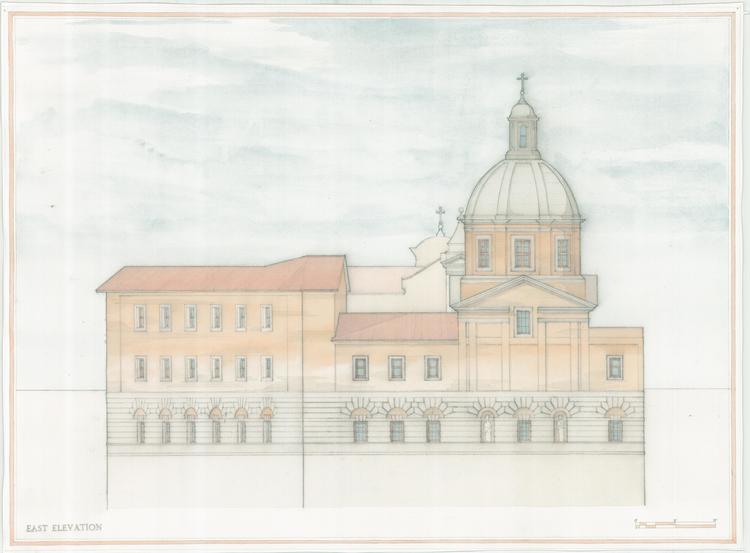 Shortly after reading Mr. Clayton’s article, I began graduate studies in architecture at the University of Notre Dame. Almost immediately upon arriving, I took advantage of one of the greatest pleasures on a university campus: the library. After reading The Wellspring of Worship, I have to admit that while I found some parts captivating, other parts would become more apparent only following a subsequent reading. Nevertheless, the wealth of imagery throughout the book provided unexpected design inspiration.
Shortly after reading Mr. Clayton’s article, I began graduate studies in architecture at the University of Notre Dame. Almost immediately upon arriving, I took advantage of one of the greatest pleasures on a university campus: the library. After reading The Wellspring of Worship, I have to admit that while I found some parts captivating, other parts would become more apparent only following a subsequent reading. Nevertheless, the wealth of imagery throughout the book provided unexpected design inspiration.
In the following spring semester, I had the honor of studying with Thomas Gordon Smith. Professor Smith is a passionate and gifted architect who has designed many buildings including Our Lady of Guadalupe Seminary in Denton, Nebraska as well as Annunciation Monastery in Clear Creek, Oklahoma. He is also responsible for transforming the curriculum at Notre Dame which has subsequently produced hundreds of young architects with a renewed appreciation for tradition. In his studio that Spring, Professor Smith presented to the class a theoretical design assignment for a Franciscan novitiate on a small lot along the St. Joseph River in downtown South Bend. The trapezoidal site sat eighteen feet below street level, and then plummeted an additional thirty-five feet to the river below. The proposed novitiate was to house and form fifteen novices. Among other ancillary spaces, the chapel, the refectory, and the cloister were given significant importance.
Because the site for the novitiate was situated along the river, Corbon’s emphasis on “the river of life,” the mysterious divine communion between the Trinity, brought new vigor to my project. My imagination was still saturated with the water imagery that Corbon had used throughout his book. He began his book by introducing “the river of life” found in the final chapter of the book of Revelation:
“Then the angel showed me the river of life, rising from the throne of God and of the Lamb and flowing crystal-clear down the middle of the city street, on either bank of the river were trees of life, which bear twelve crops of fruit in a year, one in each month, and the leaves of which are the cure for the nations.” (Rev 22:1-2)
 Building upon this passage and reinforcing it through additional scripture which referenced water, Corbon explains the symbolism of the ever refreshing waters of the Liturgy, this Trinitarian communion which is the river of life. This river of life entered our world through the Incarnation and sprung from Christ through the Cross and Resurrection.
Building upon this passage and reinforcing it through additional scripture which referenced water, Corbon explains the symbolism of the ever refreshing waters of the Liturgy, this Trinitarian communion which is the river of life. This river of life entered our world through the Incarnation and sprung from Christ through the Cross and Resurrection.
In addition to Corbon’s writing, the Church more directly connects water symbolism and the physical church building through its cycle of readings. The first reading on the Feast of the Dedication of the Lateran Basilica, the Cathedral of Rome and one of the four Constantinian churches, is taken from Ezekiel:
“Then he brought me back to the entrance of the temple, and I saw water flowing out from beneath the threshold of the temple toward the east, for the facade of the temple was toward the east….This water flows into the eastern district down upon the Arabah, and empties into the sea, the salt waters, which it makes fresh. Wherever the river flows, every sort of living creature that can multiply shall live, and there shall be abundant fish, for wherever this water comes the sea shall be made fresh.”
These passages poetically present the refreshing waters from the Love of the Trinity found in the Liturgy. As water can bring about new life in the spiritual sense, it is without argument that it has done so throughout human history. It is no surprise that, in both spiritual and historical matters,men have continually forsaken God, who is “the source of living waters; [and] they have dug themselves cisterns, broken cisterns, that hold no water.” (Jer 2:13) Throughout man’s history, we find the fall of Rome and the consequentsevering of the ancient aqueducts. Following centuries saw Rome languish from the once great city into oneoverrun by pastures and grazing animals with a merefraction of the population. Foreshadowing the Renaissance, Pope Nicholas V began what would become a series of public works reconnecting the fountains throughout the city. But where our water is delivered to us through a series of hidden pipes buried in the dark below the ground, Nicholas celebrated the arrival of water into the city through architecture. Great monumental fountains sprung up throughout Rome, and would rush forward with revitalizing waters at the same time that the Renaissance saw the rebirth of Rome from its ancient ruins into the city known today.
 As the inspiration for the design of the novitiate drew from scripture’s water imagery and was complemented by man’s history, the architectural design of the project was built upon the historical precedent of the Roman fountain. Two such fountains, the Aqua Felice and the Aqua Paolo, were inspired by the ancient Roman Trofei di Mario based upon the three arched triumphal arch motif. The use of this motif celebrating the arrival of water into the city is easily understood when drawing comparisons to the ancient triumphal arches which were built to celebrate a conquering Roman general’s entry into the city. Since the legalization of Christianity, the triumphal arch motif has been widely used in the design of churches to represent Christ’s triumph over death. Few uses have been as successful as Leon Battista Alberti’s design for S. Andrea in Mantua where the triumphal arch is not only prominent on the facade, but is also carried through the interior by the walls of the nave. The inscription above the three arches in the Renaissance fountains loudly proclaimed the Pontiff responsible for bringing water to Rome. In the novitiate design, this pompous billboard is replaced with the aforementioned passage from Revelation trumpeting the river of life, the true giver of all refreshing waters.
As the inspiration for the design of the novitiate drew from scripture’s water imagery and was complemented by man’s history, the architectural design of the project was built upon the historical precedent of the Roman fountain. Two such fountains, the Aqua Felice and the Aqua Paolo, were inspired by the ancient Roman Trofei di Mario based upon the three arched triumphal arch motif. The use of this motif celebrating the arrival of water into the city is easily understood when drawing comparisons to the ancient triumphal arches which were built to celebrate a conquering Roman general’s entry into the city. Since the legalization of Christianity, the triumphal arch motif has been widely used in the design of churches to represent Christ’s triumph over death. Few uses have been as successful as Leon Battista Alberti’s design for S. Andrea in Mantua where the triumphal arch is not only prominent on the facade, but is also carried through the interior by the walls of the nave. The inscription above the three arches in the Renaissance fountains loudly proclaimed the Pontiff responsible for bringing water to Rome. In the novitiate design, this pompous billboard is replaced with the aforementioned passage from Revelation trumpeting the river of life, the true giver of all refreshing waters.
While the Aqua Paolo inspired the novitiate’s entrance, the architecture of the novitiate worked within the traditions and lessons of great masters of architecture such as Raphael, Francesco Borromini, and Guarino Guarini. From studying the domes of Raphael at the Chigi Chapel and at Saint Eligio of Orefici, to studying the movement as well as proportions and room sizes of Borromini, and finally the spatial manipulation of Guarini, the design was strongly influenced through many of the ideas evident in the Baroque.
Architecture has always had the ability to communicate to man. Even today where much of art is intentionally meaningless, it still provides a glimpse of ourselves. We still recognize the strength and solidity of a stone building, the soaring aspirations of a Gothic spire, and even the emptiness and temporality of shocking contemporary structures. The South Bend novitiate design project was an opportunity to explore the design possibilities within the idea of the “river of life.” One exploration was through the use of the Renaissance fountain. As Corbon explains, the river of life is the Liturgy which wells forth into our world and flesh through Jesus Christ. He is a “fountain to purify from sin and uncleanness.” (Zech 13:1)
And finally, In October, I received an award from the Florida Chapter of the Institute of Classical Art and Architecture for this design project. The Addison Mizner Medal, whose namesake was a Palm Beach architect in the early half of the 20th Century, is presented each year in a variety of different categories ranging from Residential projects over 4,000 square feet to landscape architecture. The South Bend Novitiate was awarded with the Emerging Classicist medal for a project completed by a student.


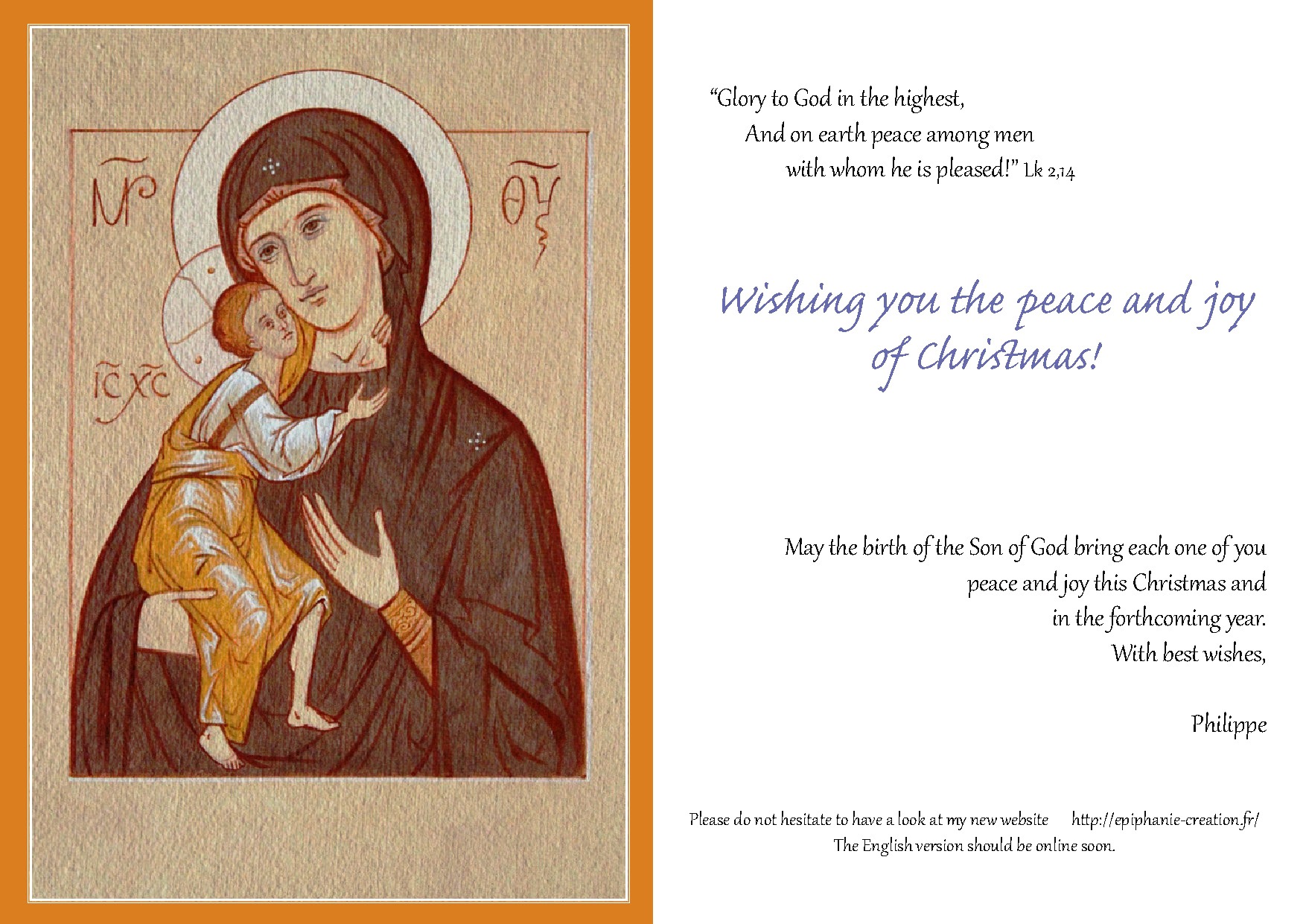




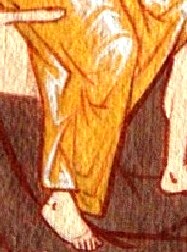
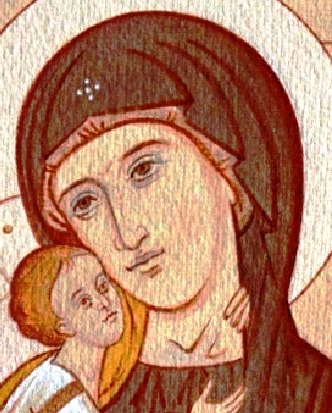
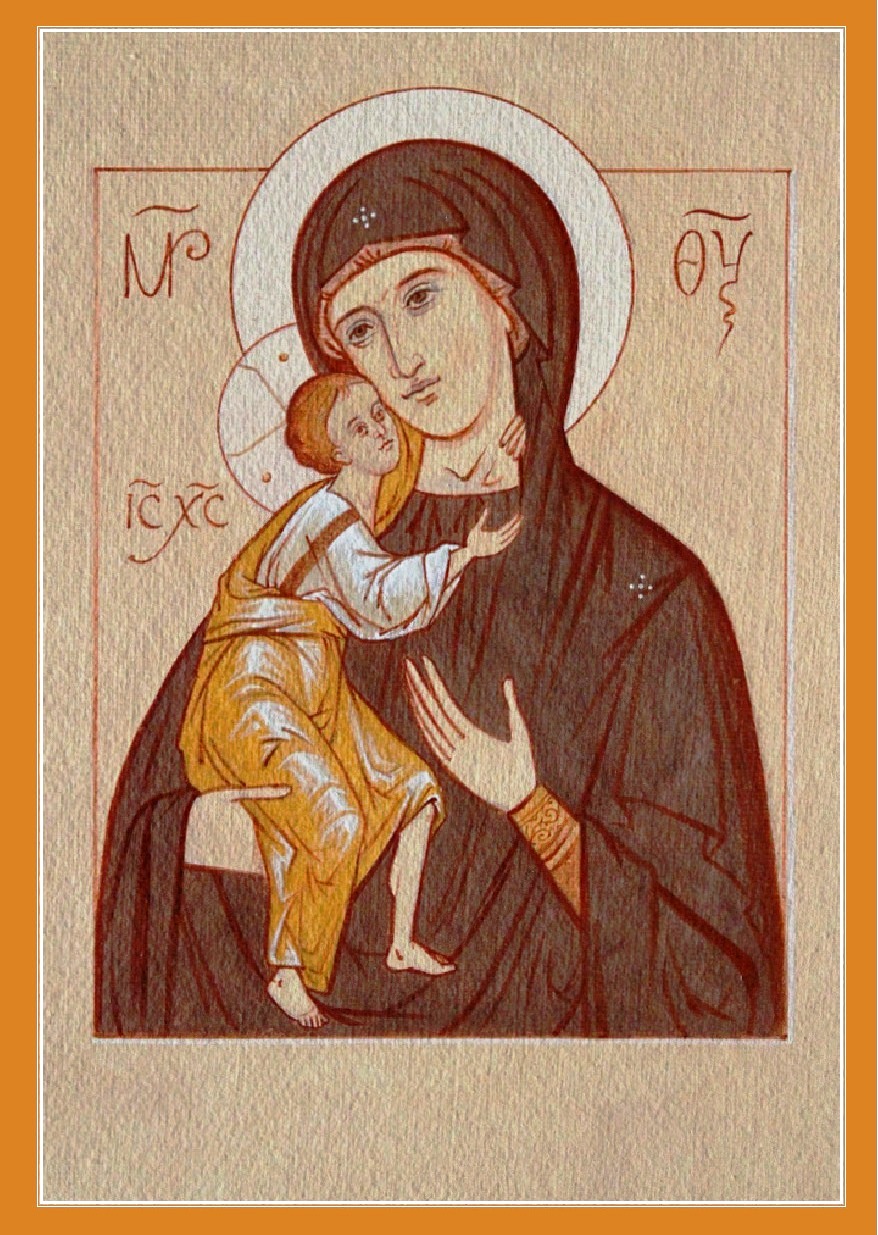








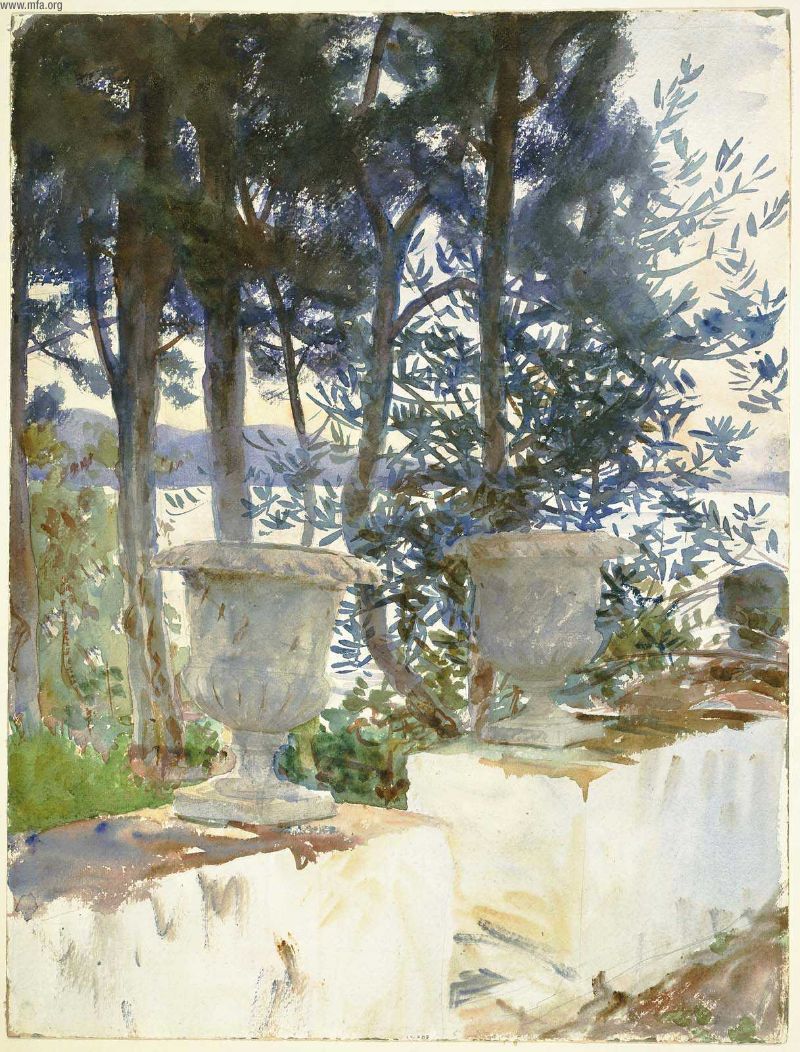
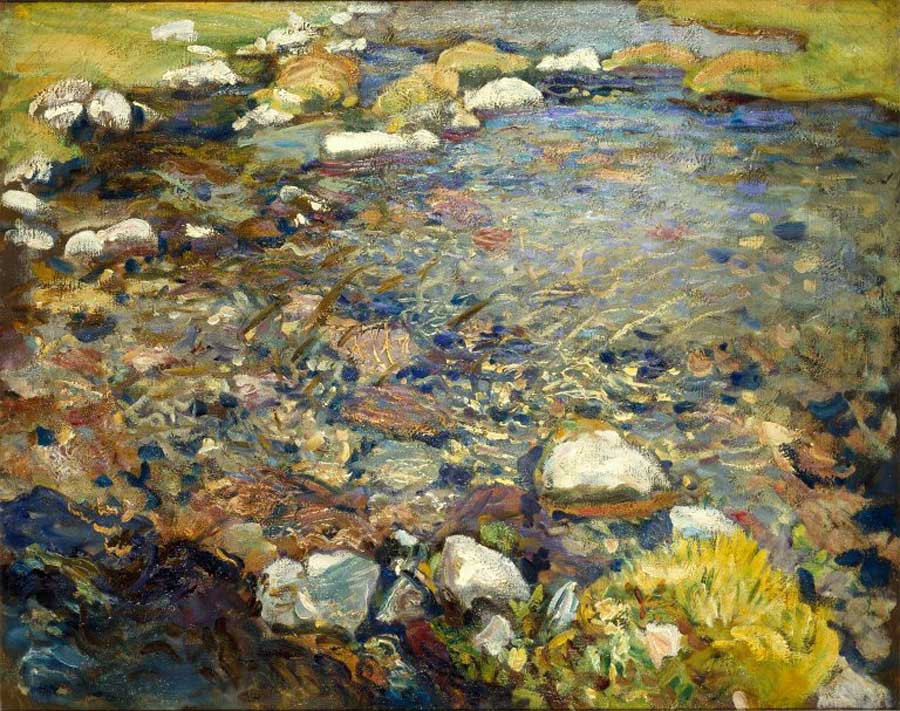
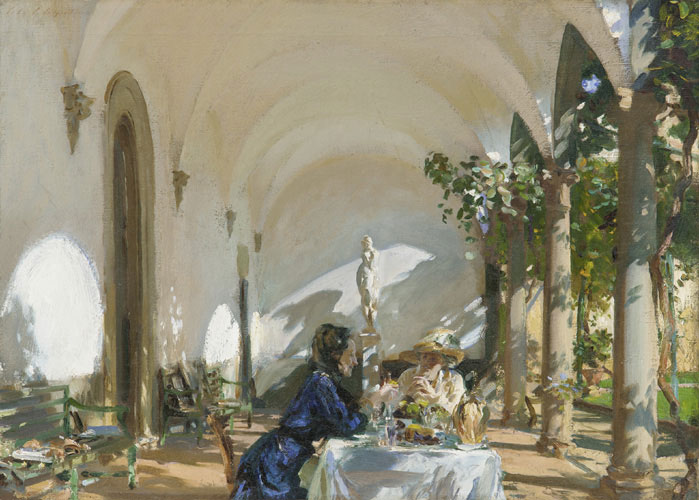
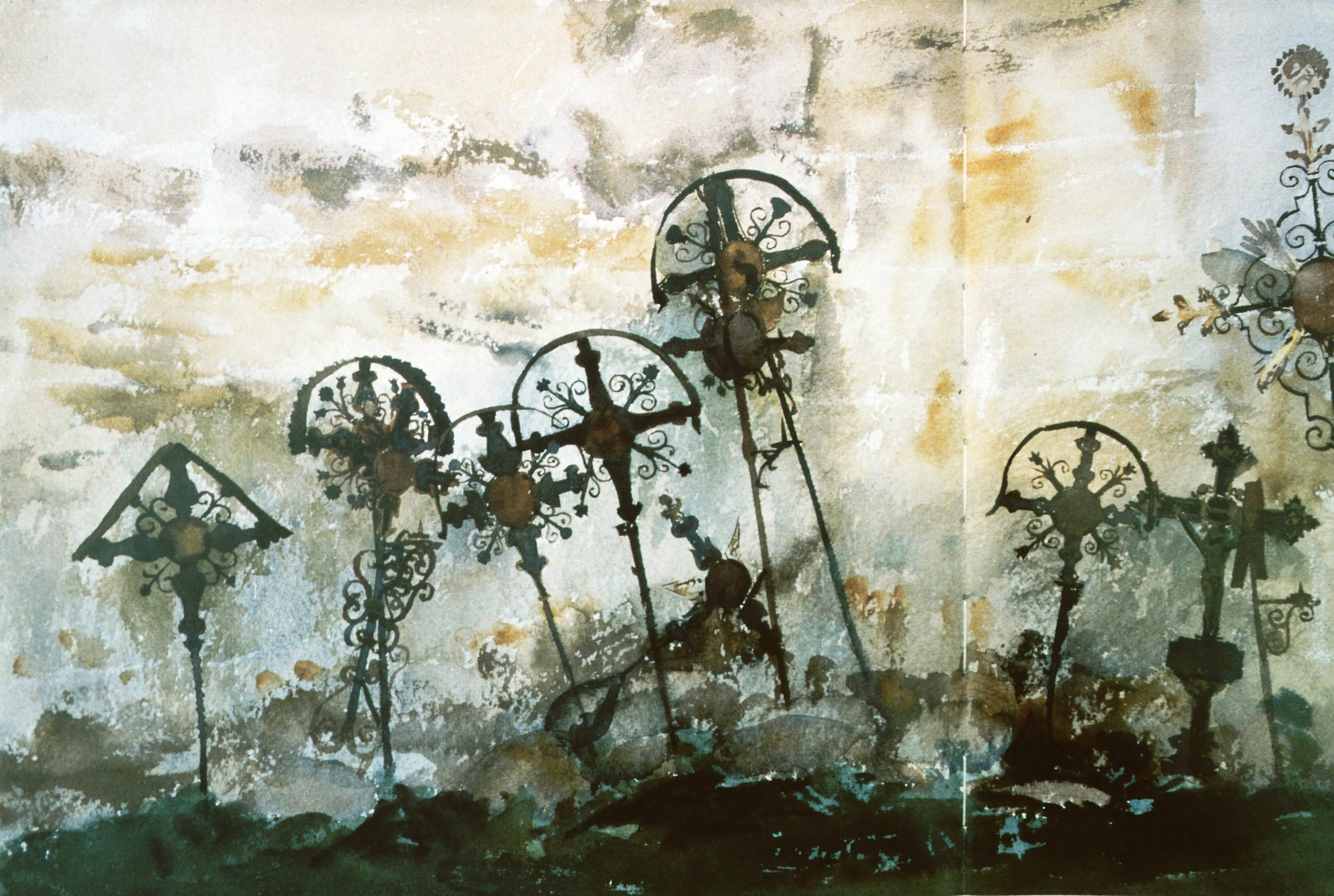

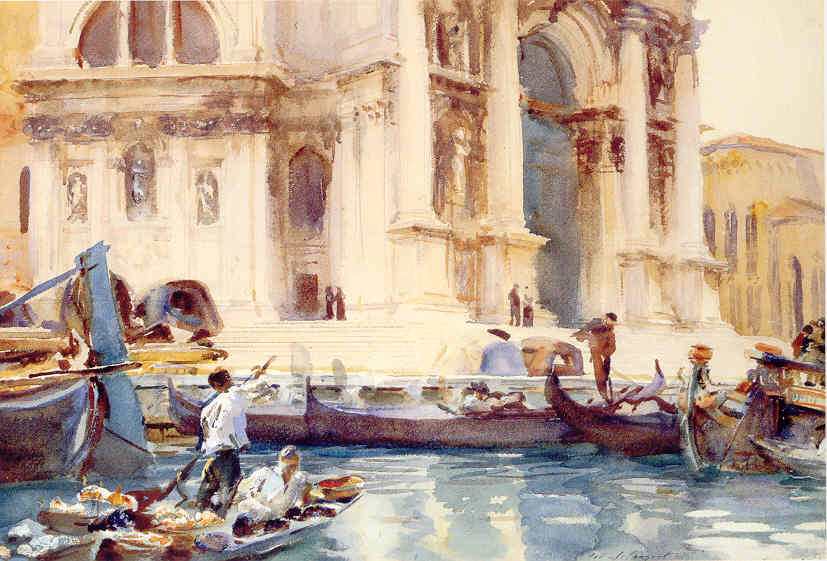
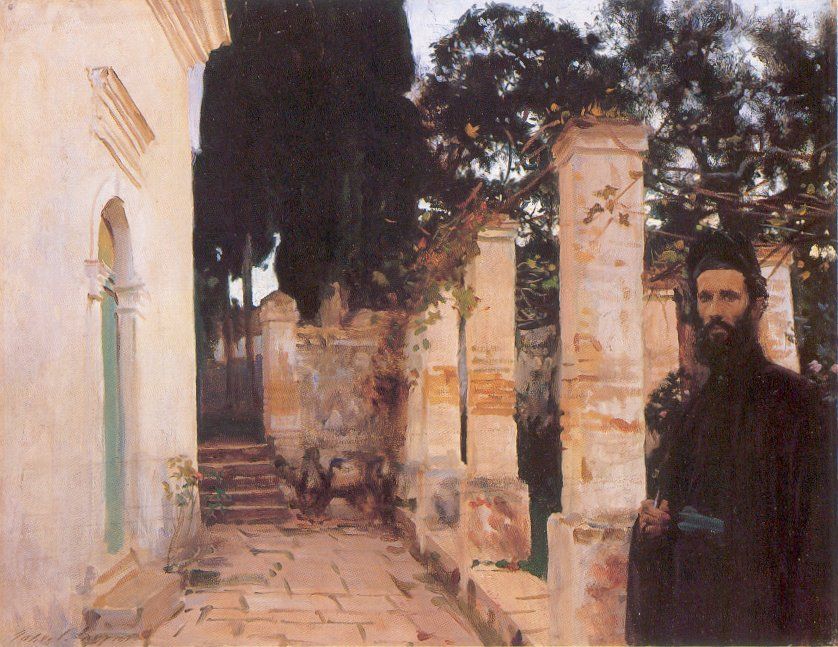















.JPG&container=blogger&gadget=a&rewriteMime=image%2F*)
.JPG&container=blogger&gadget=a&rewriteMime=image%2F*)
.JPG&container=blogger&gadget=a&rewriteMime=image%2F*)
.JPG&container=blogger&gadget=a&rewriteMime=image%2F*)














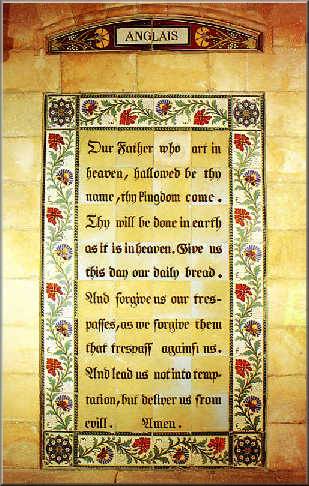




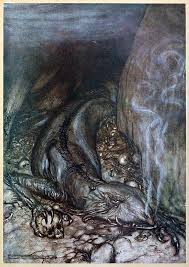








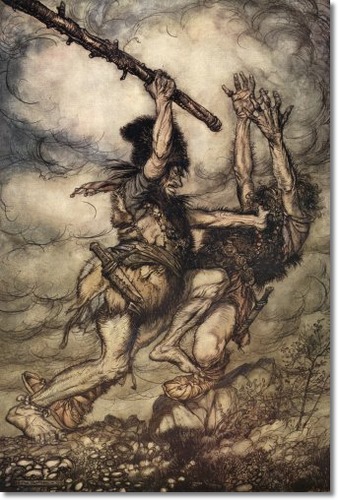
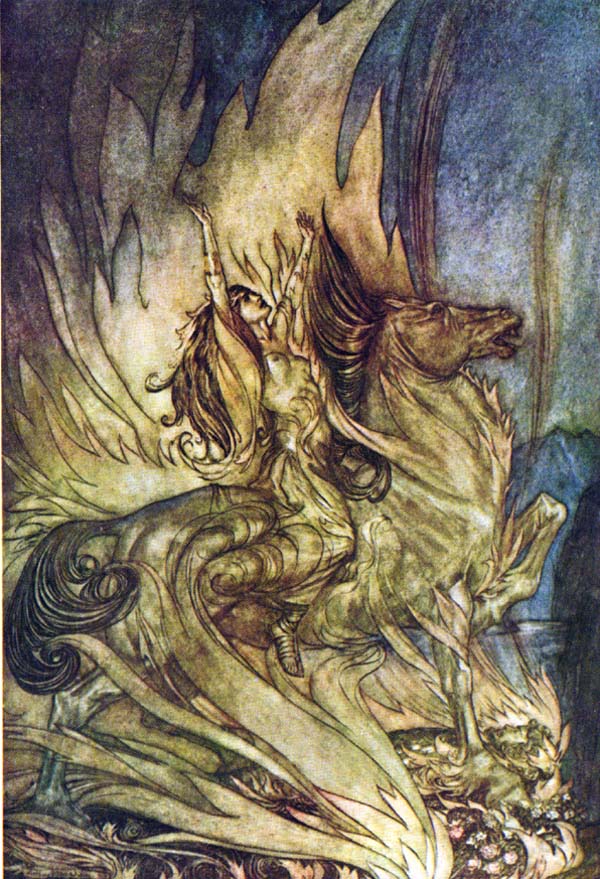
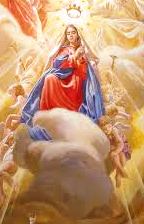

.jpg&container=blogger&gadget=a&rewriteMime=image%2F*)
.jpg&container=blogger&gadget=a&rewriteMime=image%2F*)
.jpg&container=blogger&gadget=a&rewriteMime=image%2F*)
.jpg&container=blogger&gadget=a&rewriteMime=image%2F*)
.jpg&container=blogger&gadget=a&rewriteMime=image%2F*)










